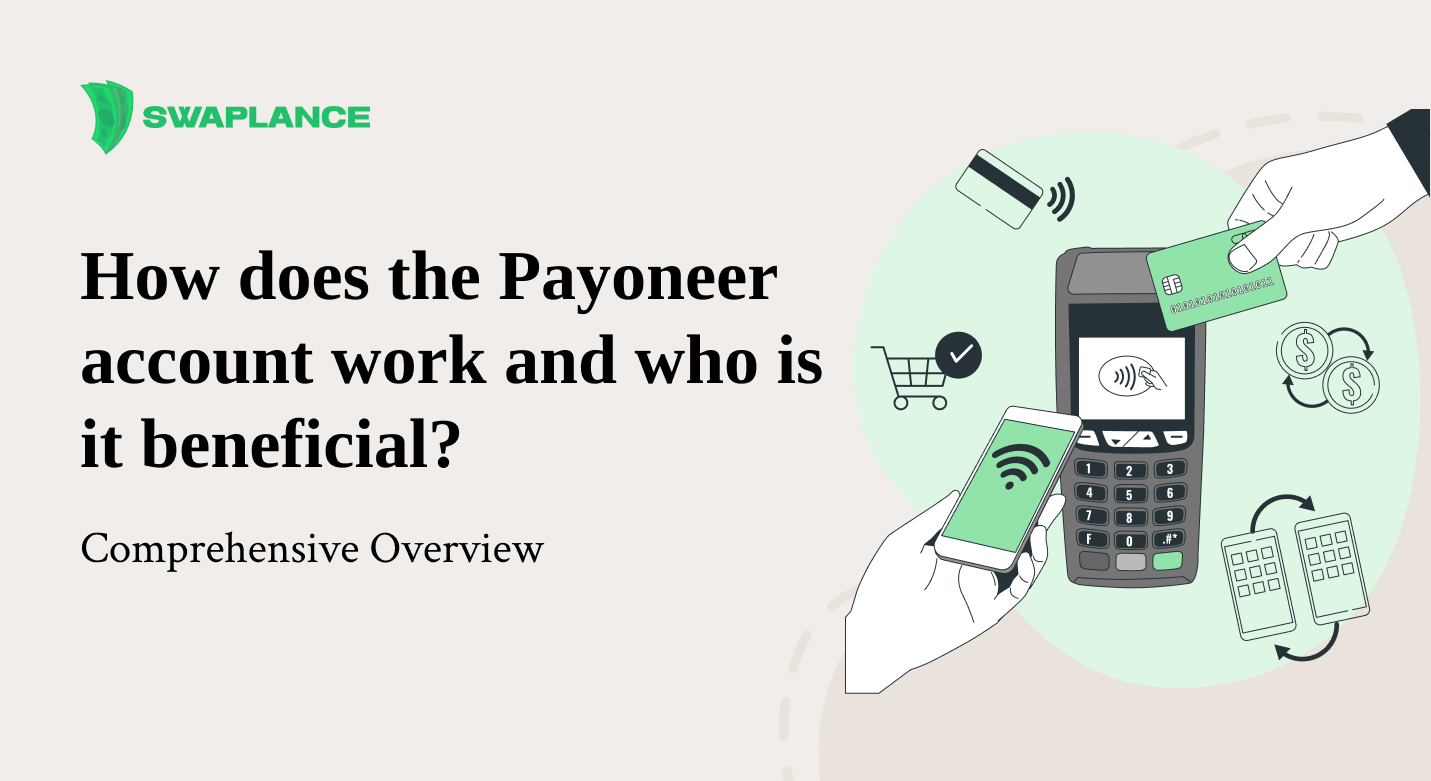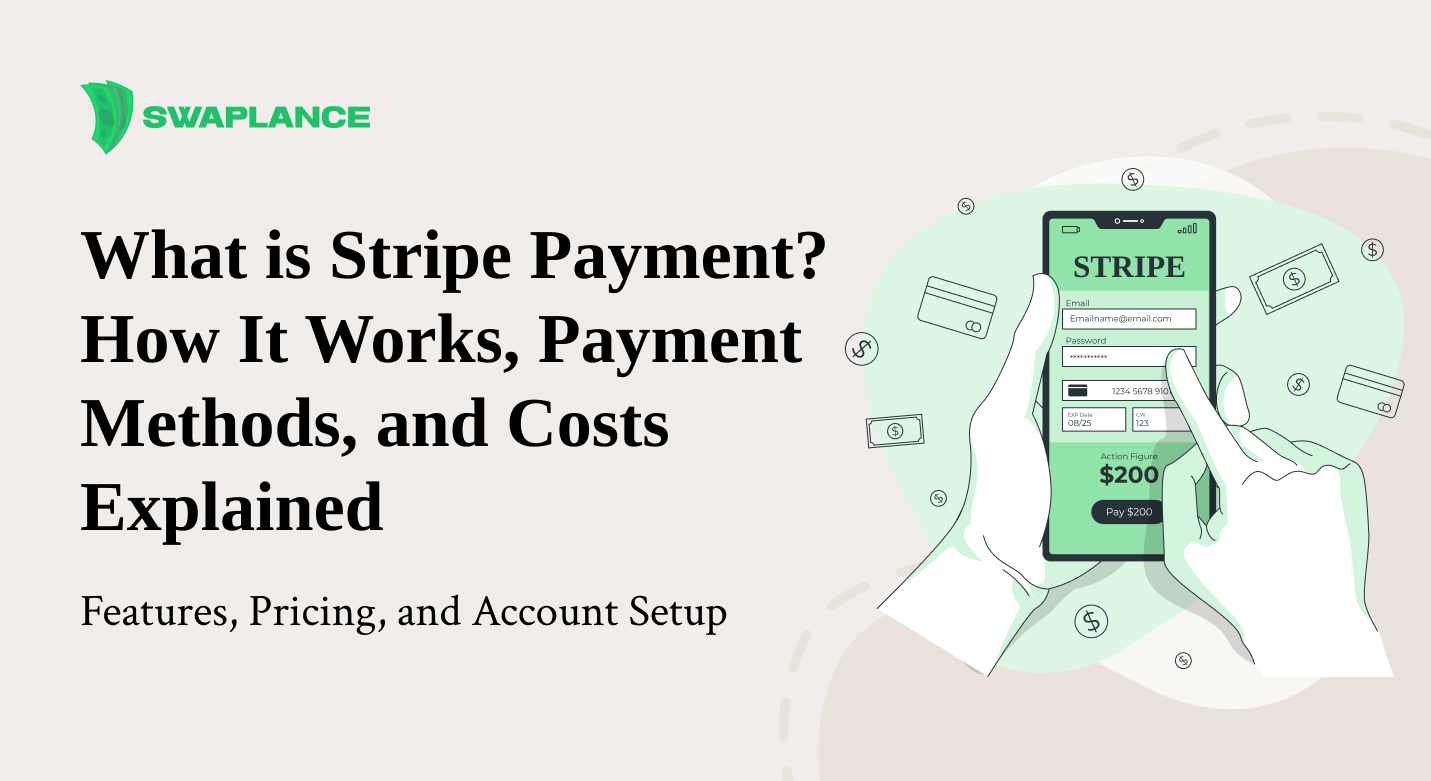Blog

Cryptocurrencies are decentralized digital or virtual currencies that use cryptography for security, making them resistant to counterfeiting and double-spending. Unlike traditional currencies, cryptocurrencies operate on blockchain technology, a distributed ledger maintained by a network of computers (or nodes). The most popular cryptocurrency, Bitcoin, was introduced in 2009, and since then, thousands of different cryptocurrencies with various features and uses have emerged.

Blockchain wallets are integral to managing digital assets securely and efficiently in the evolving crypto landscape. In this article, we’ll explore what blockchain wallets are, how they work, their associated fees, and the security measures in place to protect users. Additionally, we’ll discuss the best practices for effectively accessing and using a blockchain wallet.

The concept of smart contracts has revolutionized how agreements are executed, particularly in the blockchain ecosystem. With their ability to automate, secure, and streamline processes, smart contracts are rapidly gaining traction across various industries. This article delves into what smart contracts are, how they work, and the role they play in blockchain technology.

The transformative power of Artificial Intelligence (AI) lies in its ability to process and analyze massive amounts of data, identify patterns, and perform tasks that traditionally required human intervention – all at a speed and scale that humans cannot match. This transformative potential is particularly evident in the finance and banking sector, where the complexity and volume of transactions demand highly efficient, accurate, and adaptive systems.

The fintech industry is evolving at a rapid pace, with advancements in technology driving new ways for consumers and businesses to manage their finances. As we approach 2025, several trends are set to reshape how people interact with financial services. From the rise of AI to innovations in digital payments, these fintech trends will help define the industry's future.

Canada’s financial sector is one of the most highly regulated in the world, ensuring that transactions are conducted safely and lawfully. A major player in this regulatory landscape is the Financial Transactions and Reports Analysis Centre of Canada, commonly known as FINTRAC. This agency is vital in monitoring financial transactions to prevent money laundering, terrorist financing, and other illicit activities. In this article, we’ll explore what FINTRAC is, how it functions, and why its presence is crucial for Canadian businesses.

Payoneer is a popular digital payment solution that enables businesses, freelancers, and individuals to make and receive cross-border payments quickly and efficiently. Whether you're a small business owner or a freelancer, Payoneer provides you with the flexibility to access international markets and streamline your payments. In this article, we’ll delve into what a Payoneer account is, explore its advantages and limitations, and identify who can benefit the most from this versatile financial tool.

Have you ever wondered how many cryptocurrencies exist? A few hundred? Maybe a thousand?… Well, try over 7,000 according to CoinMarketCap. With so many to choose from, you might want to try out new cryptocurrencies. But how can you go about it?

This article aims to give a comprehensive overview of the Stripe payment system, its functionalities, and its cost structure. Addressing questions like "What is Stripe Payment?" and "How does Stripe Work?" helps businesses understand why Stripe has become a leading player in online payment processing.